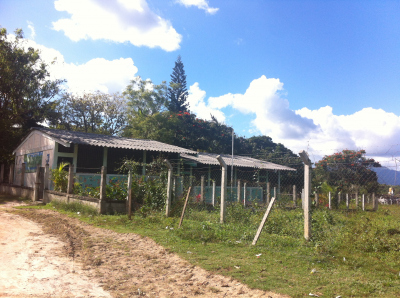Galeras, Honduras
![]()
![]()
![]()
![]()
![]()
![]()
![]()
![]()
![]() Click on Programs to learn more about their work in this community
Click on Programs to learn more about their work in this community
General Information
| Population* | 1204 |
| Number of homes | 273 |
| Avg # of people per home | 4.4 |
| Number and % of children under 12 | N/A |
| Primary Occupations | Agriculture |
| Water System | Yes |
| Rural Bank | No |
| % of Houses with Latrines | 80% |
| Electricity | Yes |
| Corresponding Health Center and Distance | CESAMO - Guinope, 30 minutes in bus, 2 hours walking |
| Common Illnesses | Diarrhea, skin infections |
| School Access and Distance | Kinder - 9th grade, in community |
| Municipality | Guinope |
| Department | El Paraiso |
| Distance from compounds | 1 hour, 15 min |
* Population does not reflect how many patients will be seen on medical
brigades as many people from surrounding communities come seeking
Medical Brigades medical attention.
Top Three Needs Expressed
The top three needs expressed by the key community members are reforestation, water project maintenance, and staff and medicine for the health center.
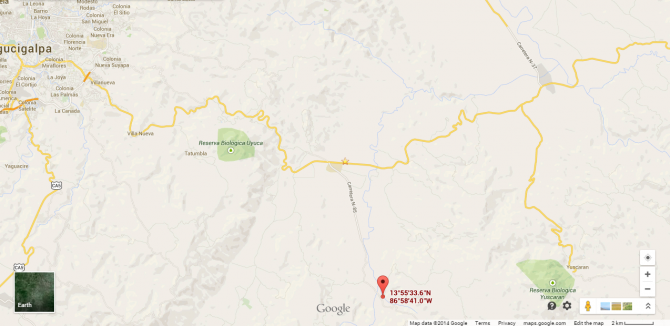
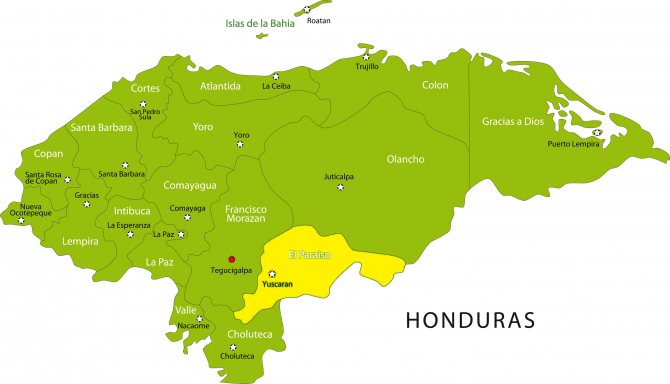
Galeras is a community located in the mountains, but with access to main roads and urban areas. It has comparatively good access to cities and is easy to get to.
Galeras’ educational system includes Kinder and Primary and Middle schools (through 9th grade). There are 250 students and 9 teachers, one for each grade. Raquel Suarez is the school director. It is approximated that about 80% of the community knows how to read and write.
Galeras has a water system that was first constructed in 1986. The main problem with the water is that is becoming contaminated. During heavy rainy seasons, they have to take extra steps to purify the water because it becomes more contaminated. At this point in time, water arrives every day in sufficient quantities. The water is chlorinated once every month and 100% of the community is connected to the system. There is a Water Council with 7 active members, led by president Elvin Ponce.
Galeras does have a health center in the community, but the government does not send staff or medicine for the health center so it is effectively inactive. The nearest health center is in Guinope, about a 2-hour walking distance, but everyone takes the 30-minute bus ride to get there. There is one active community health worker in Galeras named Cindy Palow. Dental care is not is available in the community, and only intermittently offered at the health center in Guinope. The most common illnesses seen by community members are diarrhea, skin infections, lice, the flu, gastritis, and cough. Approximately 100% of the community has latrines that currently function. 20% has eco-stoves (estufas justas). About 50% is estimated to have cement floors and 50% to have pilas (water storage units).
The average family income per month is estimated to be 2000 Lempiras, which is approximately L400 (US $21.18) per person. The majority of homes are made of adobe. The main form of employment is in agriculture on owned land, and about 15% of the community works outside the community in a nearby town, Zamorano, or even Tegucigalpa. The main products that are cultivated in the community are corn, beans, mangos, tomatoes, cabbage, and carrots. There are also some community members that raise farm animals and sell dairy products. Members of Galeras have access to credit from a community bank that was started and trained by FAMA, specifically for women, led by Luz Flores and Reina Flores.
Galeras does not currently receive medical brigades from any organization other than Global Brigades. In 2005, the local municipality helped to construct latrines, and the governmental Natrual Resources Department assisted in constructing several eco-stoves. Currently, EDUCATODOS is working in the area of adult literacy and expanding the school to higher levels of education. ASHONPLAFA, the governmental family planning institution, has a seed office in Galeras.
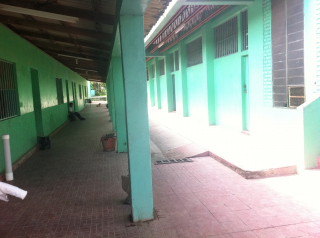 |
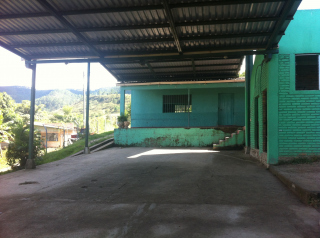 |
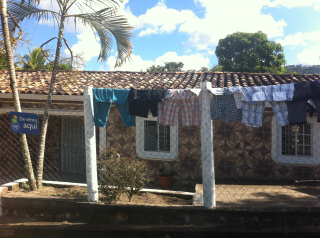 |
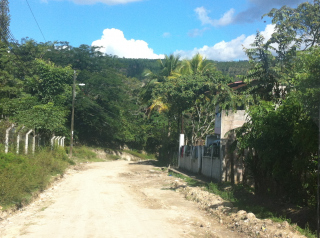 |
